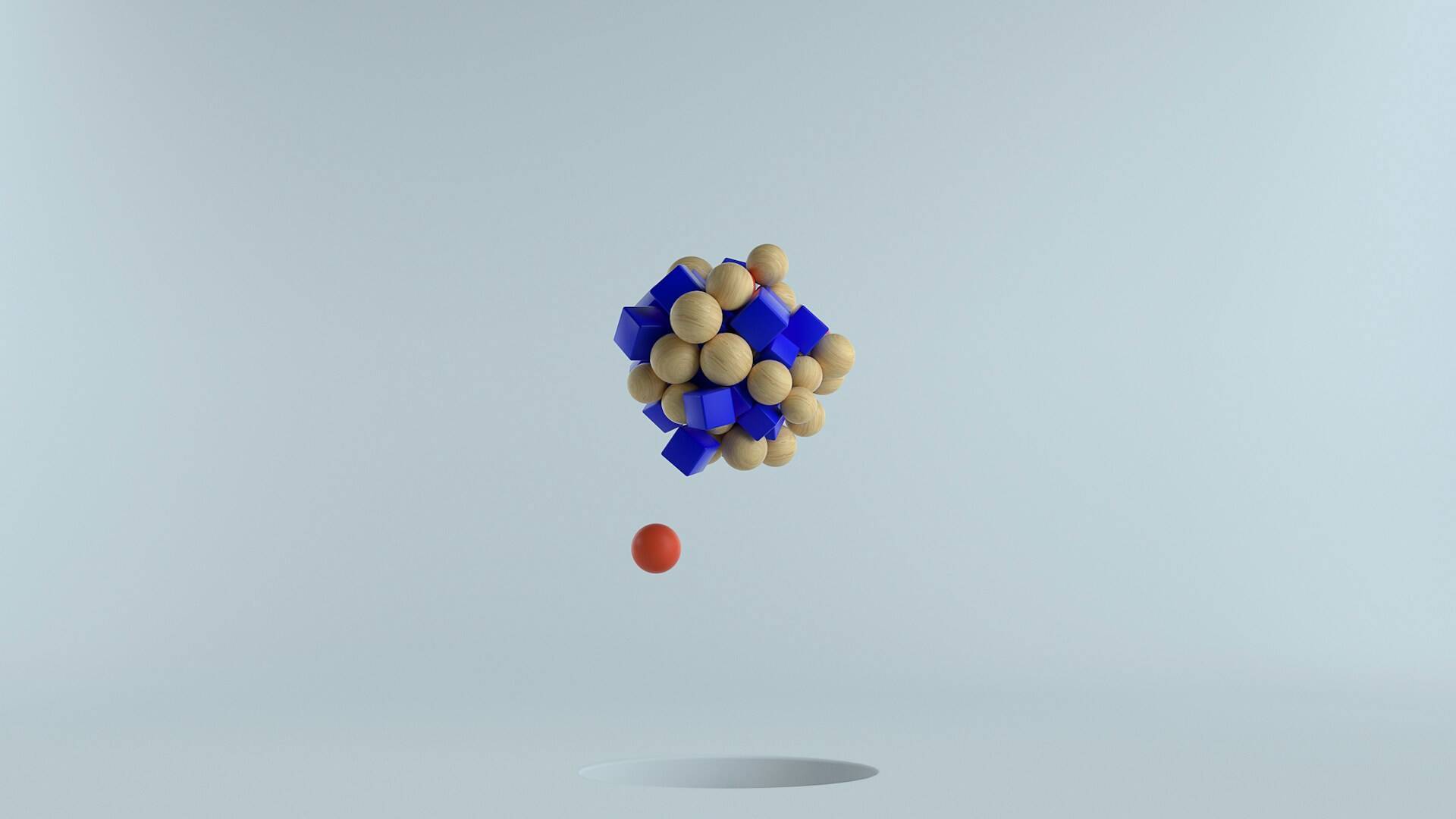[ The RAG model - #1 ] RAG, An innovative approach in the world of AI
The RAG (Retrieval-Augmented Generation) model: An innovative approach for text generation models in the world of AI
In the field of artificial intelligence (AI), text generation models have made considerable progress in recent years. Among these innovations, the RAG (Retrieval-Augmented Generation) based model stands out as a particularly promising model. In this article, which is part of a folder dedicated to the RAG model, we’ll explore what a RAG is, how it works, and the challenges involved in developing it.

A RAG is a type of text generation model that combines search and generation capabilities to produce coherent and relevant text. It is a hybrid model that uses a knowledge base to retrieve relevant information and integrate it into a text generation process. The RAG is designed to answer questions, generate summaries, articles or even dialogues.
How does a RAG work?
The operation of a RAG can be described in three main stages:
- Search: The model starts by searching for relevant information in a knowledge base. This knowledge base can be made up of texts, articles, books or even structured data. The model uses search algorithms to identify the most relevant information for the task in hand.
- Selection: Once the information has been retrieved, the model selects the most relevant elements for the task in hand. This selection is based on the relevance, accuracy and consistency of the information.
- Generation: Finally, the model uses the selected information to generate text. This generation process can be carried out using language models such as transformers or Markov models.
Advantages of RAG
RAG has several advantages over traditional text generation models:
- Relevance: RAGs can produce texts that are more relevant and coherent to the task in hand.
- Accuracy: The template can incorporate accurate and reliable information into the text generation process.
- Flexibility: RAG can be used for a variety of tasks, such as answering questions, generating summaries or creating dialogues.
- Scalability: RAG can be used to handle large-scale data on diverse topics.
Challenges
Although the RAG is a promising model, there are several challenges to its development:
- Quality of the knowledge base (Indexing): The quality of the knowledge base is crucial to the performance of the RAG. If the knowledge base is incomplete or inaccurate, the model may produce poor quality texts.
- Complexity of the model: The RAG is a complex model that requires a large amount of data and resources to function correctly.
- Performance evaluation: It is difficult to evaluate the performance of a RAG, as there are no standard metrics for measuring the quality of the texts generated.
Conclusion
RAG is an innovative text generation model that combines search and generation capabilities to produce coherent and relevant text. Although RAG has several advantages, there are challenges to its development, such as the quality of the knowledge base, the complexity of the model and performance evaluation. Future research should focus on improving these aspects to make RAG even more powerful and useful in a variety of applications.










